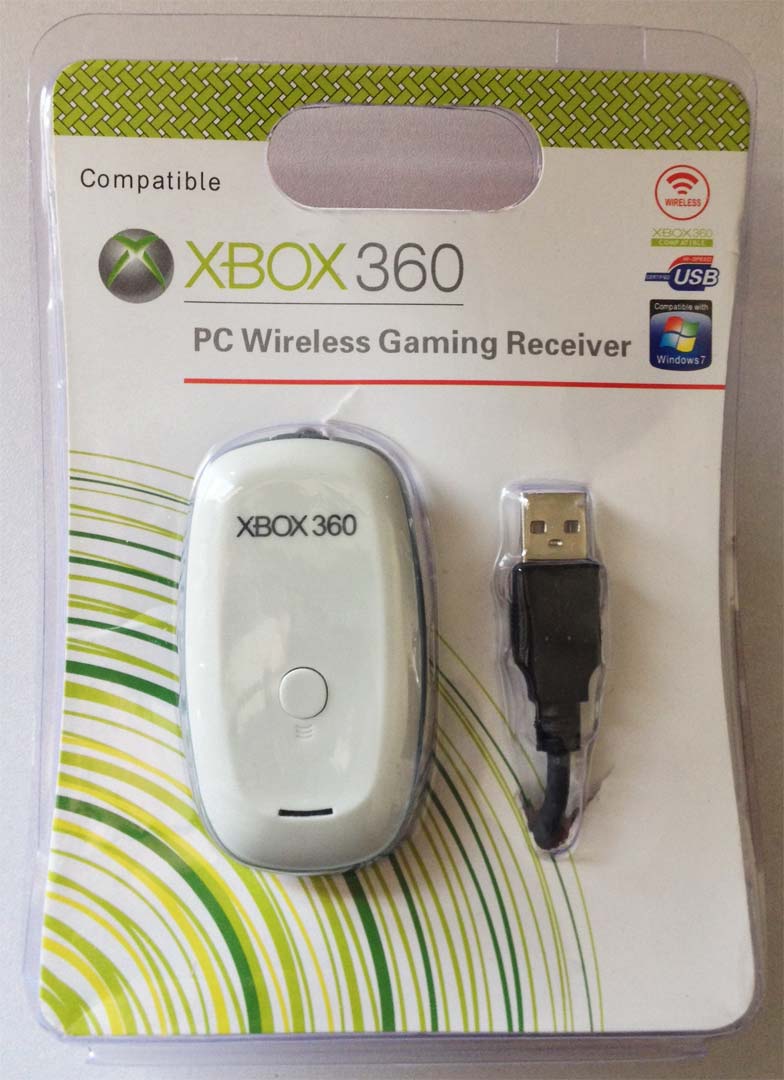

Getting Setupįrom my experience with Kinect for Xbox 360, I knew that I would need about 4-6 feet of distance between myself and the sensor (however this distance is only about 400mm with a Kinect for Windows device).
#Connect360 windows code#
I had no Kinect code at this point (other than SDK samples), and no links to docs or references. To paraphrase, they told me to “take a look at face tracking, skeletal tracking, and depth”.
#Connect360 windows how to#
I had briefly talked to the Kinect for Windows team to get ideas for how to sense human presence with Kinect. I started the day with the Kinect 1.5 SDK and Toolkit installed on my Windows 7 box, and a Kinect sensor that was still in its box. This would be a good challenge because in addition to writing the app, I would also need to document the entire process on video using multiple cameras. This existing code did not incorporate Kinect, and I had no experience with the Kinect SDK. I decided to give myself a challenge: In less than a day, I would attempt to write a functioning Kinect human presence detection app using some C# code that I had previously written. Now it’s time to find out! App Challenge: Kinect as Human Presence Sensor I had wondered how a more powerful sensor like Kinect could improve human sensing accuracy for spaces like an office. These reflective IR sensors have their limitations, one being that they cannot distinguish between inanimate objects (like office chairs) and humans. Part of that exploration included writing an application that would control Windows experiences by means of a long-distance reflective IR proximity sensor. The first idea that came to mind was to experiment with human presence sensing, something I had investigated while working on the Windows sensor platform. I’ve wanted to write a Windows Kinect app for a while now. However, if all you’ve got is a Kinect for Xbox kicking around your living room, break it out and give it a go! If you get serious about experimenting with and integrating Kinect experiences into your projects (and I hope you do), I recommend you pick up the Kinect for Windows sensor so you have access to all of the development possibilities enabled with this pc-optimized device. Kinect for Windows sensor (says “KINECT” on the front) – these devices are optimized for Windows experiences, are licensed for use with Windows PCs, and also support “Near Mode”.ĭevelopers can use either sensor to get started, but deployments need to be on a Kinect for Windows sensor which can be purchased online here.

Kinect for Xbox 360 sensor (says “XBOX 360” on the front) – these devices are licensed for development purposes only, and do not support “Near Mode”. *There are actually two Kinect sensors that work with the Kinect for Windows SDK and Toolkit:

#Connect360 windows drivers#
The Kinect for Windows 1.5 SDK and Toolkit was released in May 2012, and includes Windows drivers for the Kinect sensor, a full SDK (Software Development Kit) a toolkit (sample code, tools), and supporting documentation. Kinect for Windows is all about enabling Windows PCs to take advantage of Kinect. Kinect IR dot pattern as seen by modified DSLR camera


 0 kommentar(er)
0 kommentar(er)
